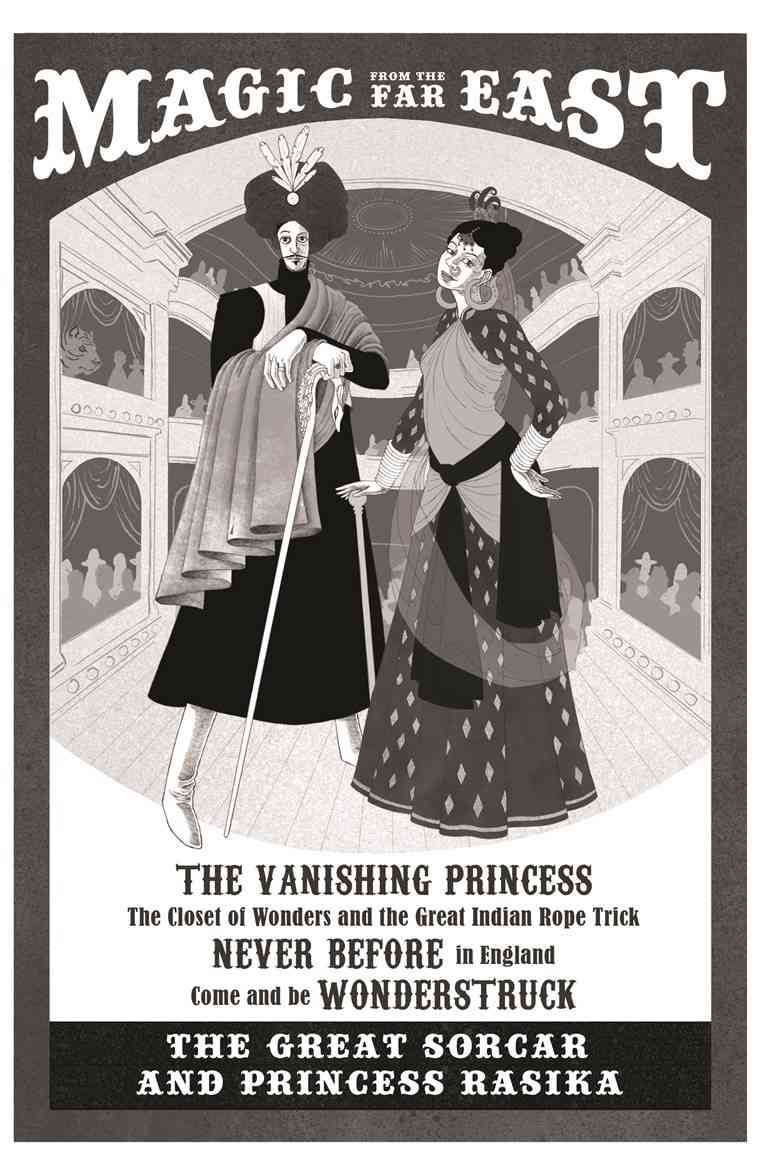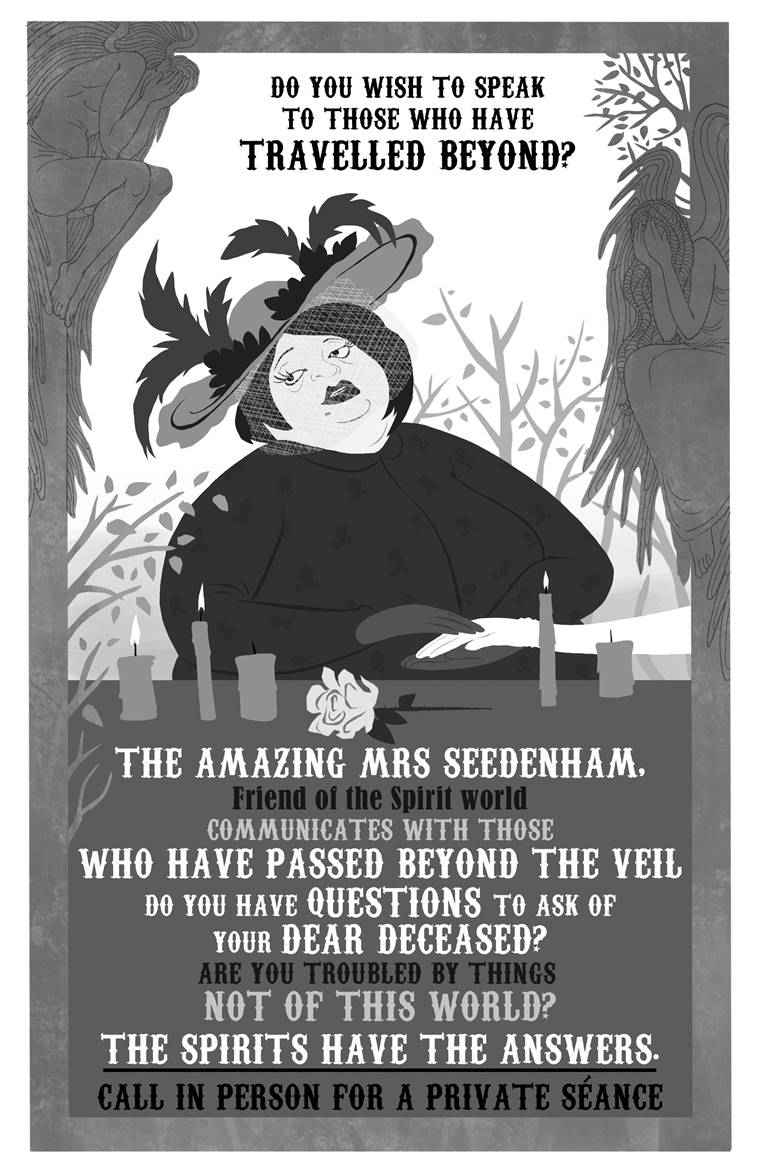Source : The Indian Express
Venita Coelho, who has seven published novels to her name, talks about her latest book, All of Me, and the challenges of writing for a young audience.

Venita Coelho, who works with images, words and paints, considers children to be the toughest audience. A screenwriter of films, with notable contributions to Dharma Productions and Sanjay Leela Bhansali Productions, she has seven novels to her name – of which five are for young readers.
In an email interview with indianexpress.com, the author who has won The Hindu Young Reads Goodbooks award for ‘Best Fiction for Children’ for her books Dead as a Dodo (2016), and for Boy No. 32 (2019), talks about her latest book, how challenging it is to write for children, and why awards are the last thing she thinks about while writing.
What led to the conceptualisation of All of Me? How would you summarise the book?
Many years ago, when David Cameron came to India, he was asked if the British would be returning the Koh-i-noor. He said, ‘I don’t believe in returnism.’ That answer dripped such colonial arrogance and insensitivity and it made me so mad that it kept me going through an entire book.
All of Me tells the story of Castor who has been locked in a dungeon for many years. He’s invented several personalities to keep him company. I loved creating the personalities. Who would a little child, alone in the dark, want for company and comfort? Certainly, a father figure, a woman’s touch, someone to play with, and someone really smart with all the answers. That led me to create Mr Pickwick; the Pastor, Miss Trent; the governess, Skinner; the street urchin, and, of course – the Infant Prodigy.
Castor emerges from the dark, and with the help of his many personalities, sets out to discover why he was locked away. His search leads him to the Koh-i-noor and the secret behind the jewel in the crown. And – hah – the secret is a clip under the ear for colonial exploitation. Never make a writer mad. They take revenge in writing.
Castor interacts with multiple characters in the book. How did you manage to bring them all together and still keep the narrative engaging (and not confusing) for young readers?
I read whatever I could lay my hands on about multiple personalities. But there isn’t much out there that gives you a detailed picture. And in popular literature, the device has mainly been used to evoke horror. I had to let my imagination lead me. In the end, I realised that it wasn’t a psychological device I was creating, but a story telling one. After that it was easy, and the characters themselves stepped out of the dark and spoke with very strong voices.
The book also mentions about the British rule, the Queen and the Koh-i-noor – why did you decide to take your readers on this journey?
When I read about colonial rule in India it was in dry-as-dust textbooks. But as I began to read and explore for myself, I was quite shocked to discover just how badly the British treated us. They let millions die in the Bengal famine. They looted us to the tune of 47 trillion pounds. They sowed the seeds of hate with their divide and rule policy and we are dealing with the religious hatred until today. I wanted to bring that home to children. Our history textbooks list a litany of facts. I wanted to give them the human story. And I thought that young Duleep Singh being forced to hand over the Koh-i-noor was a great symbol of subjugation and force. Also, which writer can resist a diamond that is a ‘Mountain of Light’ and carries a curse?
What is the most challenging part about writing for children? And what is the easiest?
Children are the toughest audience you can possibly get. Holding their attention is exceptionally difficult, especially when you’re trying to do it across an entire book. So plotting becomes crucial, as does adding humour. The fun part really is letting your inner child come alive. I sit there chuckling, putting in silly jokes, and having the time of my life as I write.
What are the basic things you keep in mind while writing for young readers, as it can be extremely challenging to keep them interested or hold their attention?


Phew! You have to work very hard to hold the interest of young readers. Rule number one – Make ‘em laugh! If you can make a kid laugh, you can keep them going. Rule number two – a child’s attention span is extremely short. So you have to keep the story going at a rapid pace. Two loose paragraphs, and the book will be put away. Lastly – it’s not just a story. Everything children read is a feed for the world view they are forming. You have to be very clear about what you are holding up for them to admire and what you are actually saying. If you only wish to entertain children – then please don’t write books for them. Writing is a task that requires you to do much more.
Where do you find inspiration for ideas suitable for children?
As I always say, ‘Inspiration doesn’t last. Anger does.’ Every book of mine has come out of anger and anguish over some great injustice. The Tiger by the Tail series of books came out of outrage at the way we treat animals. Boy No.32 came out of anger at the lives that poor and disempowered children lead. All of Me came out of the anger over our colonial past. Care about something deeply – and how to tell that story will come to you.
How long did it take you to write the book?
This one took a long time. I worked on it on and off for four years. The first draft was very dark because I was trying to be scientifically correct about multiple personalities. At about draft number three, I realised ‘I’m telling a story. Let’s see the multiple personalities as a story device.’ After that it flowed. At my normal pace, it’s three months to a first draft. And about six months on the second draft. Third draft is normally a simple polish.
You have won awards for your books for children in the past. What, according to you, is the most important thing one needs to consider – in terms of subjects, style of writing, or even the artwork – while writing for children?
I must confess that I don’t consider any of this. You must care about something deeply, and you must have a damn good story that you are determined to tell. Subjects, style of writing etc all flow out of your story. You must serve the story first. And the last thing you must think about while writing are awards. You will never be able to write with that monkey on your shoulder.


TV is a challenging medium, and so are films. How do you manage to take out time for your writing?
Get up early, put in a couple of good hours, before your life as a single mother who homeschools takes over. Write in the cracks. While sitting at the dentist. While waiting at airports. You have to just be very stubborn and find it where you can. It’s a simple calculation. If you can manage a page a day, you’ll have a book in 4 months. The tough part is switching from one medium to another. They demand very different styles and very different depths of thinking. I normally do a small writing exercise to make the shift.
You paint, you travel, you write – what brings out your creativity best?
I think they all feed into each other. We are too used to expecting creativity to come in a single colour. You are a writer. Or a film maker. Or an artist. But the truth is that you can be all of them. Creativity can be a rainbow that lights up your life. And the problem that you can’t solve on the page, might end up being solved in paint. Unexpectedly, the thing that has brought out my creativity most in the last ten years has been being a mother. For the child you love, you think of the most out-of-the-box adventures. You do the most outrageous things. Creativity has been part of my life – from the way I cut my daughter’s sandwiches, to the books I write.


